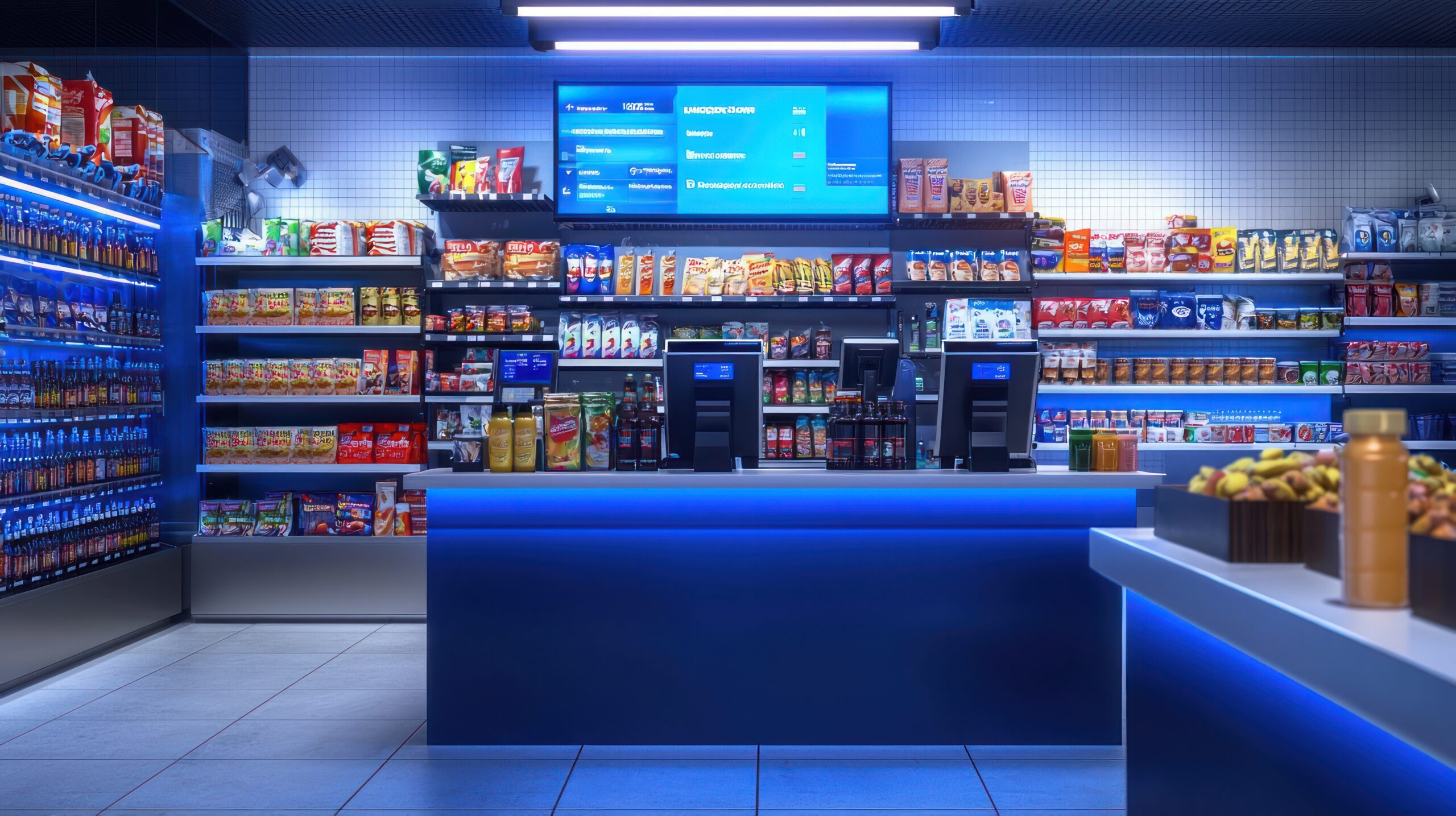A New Era for the Old Corner Store
When I first started in commercial real estate development over 30 years ago, the local convenience store—what we all now call the “C-store”—was a simple operation. You had your fuel pumps, a modest structure with basic snacks and drinks, and maybe a cashier who also knew how to fix a coffee machine. Back then, it was all about utility: speed, location, and low overhead.
But times have changed.
Today’s consumer isn’t just stopping in for a quick soda or tank of gas. They’re looking for a clean, welcoming environment. They want fresh food, reliable coffee, grab-and-go meals, and maybe even a charging station for their EV. C-stores have evolved into mini lifestyle hubs, and as a developer, it’s been fascinating—and challenging—to keep up.
At MX Properties, we’ve seen firsthand how this shift is transforming our approach to site planning, architecture, and tenant collaboration. The old rules don’t apply anymore, and that’s a good thing. Here’s how we’re helping shape the next generation of convenience.
Elevating Design: From Boxy to Beautiful
Let’s start with architecture. Not too long ago, C-stores were an afterthought in the design process. You’d get a pre-fab building with minimal landscaping, maybe some metal siding, and not much else. Now, tenants and municipalities are expecting more—and rightly so.
Modern C-stores are blending into the community with design elements borrowed from cafes, tech-forward retailers, and even boutique hotels. Brick facades, glass curtain walls, LED lighting, outdoor seating, and well-planned landscaping are all part of the package. The goal is to make the store look like a destination, not a stopgap.
For developers like us, that means working closely with tenants from day one. We’re reviewing brand standards, zoning codes, and local aesthetics simultaneously. In many areas of Florida, where curb appeal matters as much as convenience, your design can determine whether your project gets greenlit—or gets pushed back for redesign.
Tech is Not Optional
Technology has fully taken root in the convenience world. The pandemic accelerated digital ordering, contactless payments, and frictionless checkout—features that are now expected, not exceptional.
In newer developments, we’re integrating infrastructure for mobile ordering lanes (yes, that’s a thing now), smart shelving systems that track inventory in real time, and robust Wi-Fi that powers both customer needs and back-end analytics. EV charging stations are also moving from luxury to necessity, especially in urban and suburban corridors with higher adoption rates.
But the technology doesn’t stop with gadgets. Today’s C-stores are also embracing sophisticated HVAC systems, energy-efficient lighting, and solar-ready roofs. These aren’t just for sustainability—though that’s part of it. They also drive down operating costs, which makes it easier for tenants to invest in higher-end offerings inside the store.
It’s All About the Brand Experience
If there’s one thing I’ve learned from working with QSR tenants and convenience operators alike, it’s that today’s consumer craves consistency and trust. That’s where brand comes in.
National and regional C-store chains are reinventing themselves with unique product offerings, loyalty programs, and hospitality-driven training. Places like Wawa, Sheetz, and Buc-ee’s have built followings not just because of what they sell, but how they sell it. Customers know they can count on clean bathrooms, good food, and friendly service—and they’re willing to drive a few extra miles to get it.
That kind of loyalty doesn’t happen by accident. It takes thoughtful design, strong partnerships between landlord and tenant, and a commitment to quality. From a development perspective, we’re supporting this evolution by making sure our sites accommodate everything from drive-thru lanes to curbside pickup to large-format signage. These details matter more than ever.
Navigating the Regulatory Maze
Of course, none of this happens in a vacuum. C-store development still has to navigate a complex landscape of zoning, traffic studies, environmental assessments, and neighborhood input. And as these stores become more sophisticated, the regulatory process has become more involved.
We’ve had to work closely with city planners and local boards to demonstrate that modern C-stores aren’t nuisances—they’re assets. When you can show a design that complements surrounding retail, includes green space, and reduces neighborhood traffic by providing accessible services, you’re far more likely to get the approvals you need.
It takes patience and preparation. It also takes a good team—architects, engineers, lawyers, and tenant reps who all understand where the market is heading.
Looking Ahead
The convenience store industry is at a crossroads. On one hand, it’s still rooted in the same core promise: quick, reliable access to essentials. But the definition of “essential” has changed. It now includes fresh food, digital access, and comfort. And that means our job as developers has changed too.
I’m excited about where this sector is going. It challenges us to think creatively, collaborate more closely, and never stop adapting. And as someone who’s always loved building things—whether it’s a shopping center or a scale model—there’s something deeply satisfying about shaping spaces that people actually want to visit.
At MX Properties, we’re not just building convenience stores. We’re helping redefine what “convenience” means for the modern consumer. And I think the best is still ahead.
